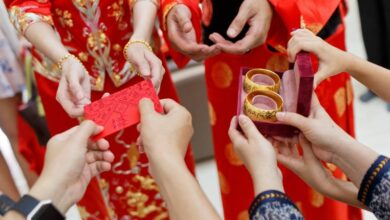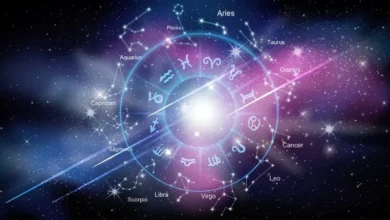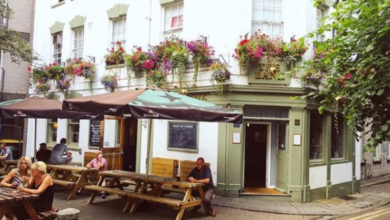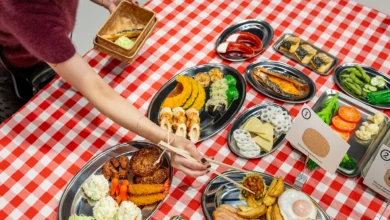Artists imagine a new utopia for Kenya’s capital
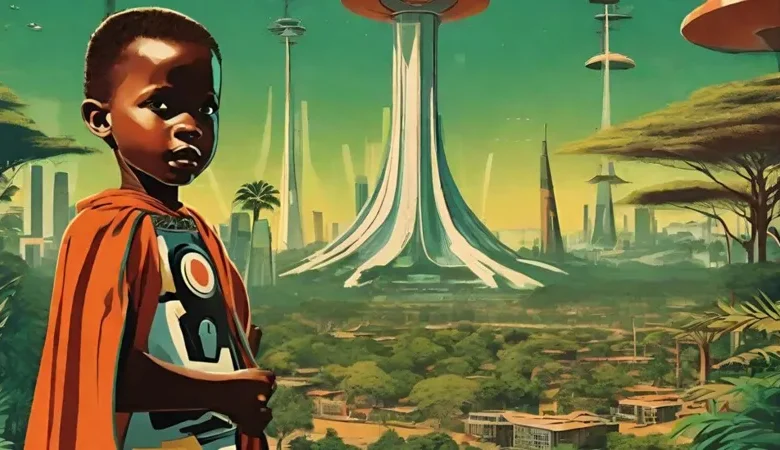
Kenya’s capital, Nairobi, has long been known as “the green city in the sun” because of its mix of forest and grasslands among the urban sprawl, but it all depends on where you are viewing it from.
Seen from one of the city’s comfortable apartment blocks or homes, then yes, perhaps – from one of its densely packed slums, then no.
There, life can be characterised by poverty and ecological disaster, such as flooding and deadly landslides.
But an art collective – Kairos Futura – has been trying to take what might seem like some of the city’s more dystopian elements and create a vision of a utopia, or at least how that might be achieved.
Their exhibition Hakuna Utopia features the works of seven artists exploring themes of apocalypse and resilience – some in quite abstract ways – as they respond to the daily challenges endured by Nairobi’s six million residents.
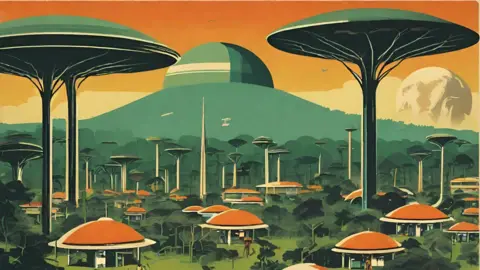 Kairos Futura
Kairos FuturaOne of the collective, Stoneface Bombaa, grew up in Mathare, the capital’s second-largest informal settlement.
He has overcome great odds to become an artist and wants to use his work to address the way that people in Mathare live – often lacking jobs, housing and education.
Bombaa says they endure a “hand-to-mouth economy”, never sure where their next meal will come from.
“People are really angry,” he says, but through art, he feels he can “channel” his community’s anger into something positive as “art unites”.
Bombaa set out to create from the exhibitions “micro-utopia” sites dotted around the city.
He called it the “jungle room” and hoped to get people to connect with nature from within Mathare itself, in an attempt to bridge the ecological divide.
Ironically, the building he had identified as a possible site was demolished by the authorities to make way for a road.
 Kairos Futura
Kairos FuturaUndeterred, he has been taking children from his community, often stuck living in unimaginable urban squalor, to experience Nairobi’s verdant parks and expose them to green spaces.
“There are no trees or green spaces in Mathare,” Bombaa says.
But by contemplating the idea of utopia, he believes that he can imagine what it would be like if people in his community actually had unrestricted access to the city’s green spaces.
In this way, people in his community can claim a right to access nature that is denied to them simply because they are poor.
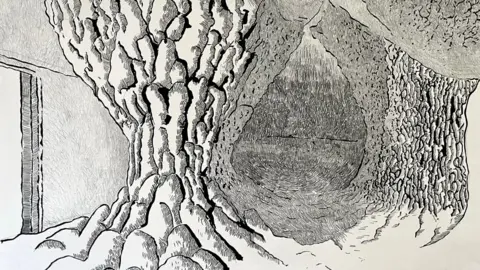 Kairos Futura
Kairos FuturaBombaa also complains about how ordinary Nairobians, often scrabbling to make a living, have to pay to enter some of their city’s most beautiful locations such as the arboretum or Karura forest.
The Kairos Futura team are also drawing inspiration from nature to use their imagination in how to address urgent environmental issues.
For example, Coltrane McDowell has applied this to architecture.
In his work Invisible Cities, he was inspired by termite mounds to reimagine what architecture might look like in the future.
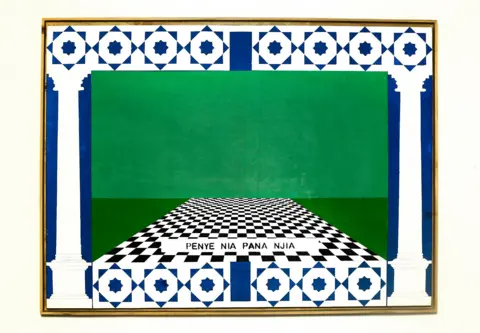 Kairos Futura
Kairos FuturaAnother artist in the show, Abdul Rop, known for his mesmerising woodcut prints and paintings, says that in order to “achieve utopia”, Nairobians need to work together.
“That’s why the young people are agitating right now for change,” he says, suggesting they are frustrated by a corrupt political system that hems in their potential.
Gen Z were at the forefront of protests this year against new tax measures, which saw the government make an embarrassing U-turn.
Rop argues that by thinking about utopia through the lens of art, young people may find creative ways to fight for their future.
Rather than being far-fetched, he thinks that it can help imagine a bolder and more equal future for his city.
“The moment to act for the future is now,” he says.
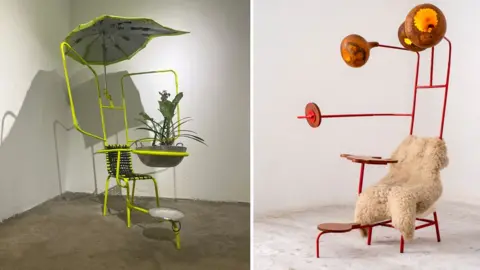 Kairos Futura
Kairos Futura